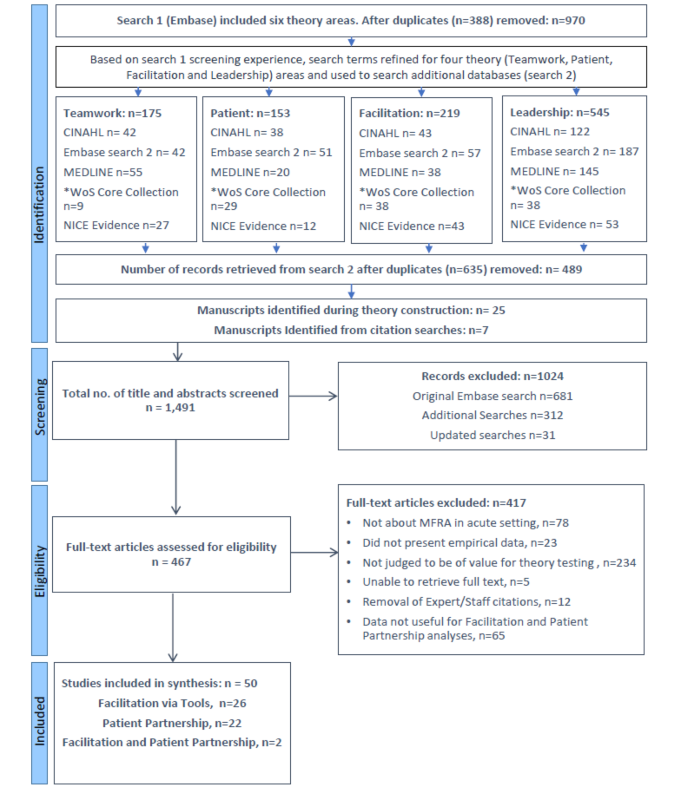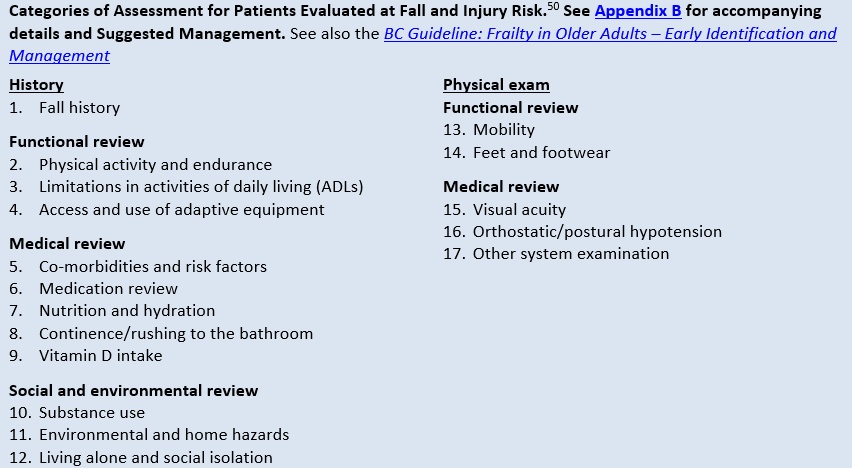Indicators on Dementia Fall Risk You Should Know
Table of ContentsThe Only Guide to Dementia Fall RiskNot known Facts About Dementia Fall RiskThe Ultimate Guide To Dementia Fall RiskTop Guidelines Of Dementia Fall Risk
An autumn danger assessment checks to see exactly how likely it is that you will drop. The assessment generally includes: This consists of a series of inquiries concerning your general health and if you have actually had previous drops or troubles with equilibrium, standing, and/or walking.STEADI includes testing, examining, and intervention. Treatments are referrals that may minimize your threat of falling. STEADI includes 3 steps: you for your risk of succumbing to your risk elements that can be enhanced to attempt to stop drops (as an example, balance problems, damaged vision) to lower your risk of falling by using reliable approaches (as an example, providing education and resources), you may be asked several questions including: Have you fallen in the past year? Do you feel unstable when standing or walking? Are you bothered with falling?, your copyright will test your toughness, balance, and gait, utilizing the complying with fall assessment tools: This examination checks your stride.
If it takes you 12 seconds or even more, it may suggest you are at greater danger for a loss. This examination checks stamina and equilibrium.
The positions will certainly get tougher as you go. Stand with your feet side-by-side. Move one foot midway onward, so the instep is touching the large toe of your various other foot. Relocate one foot fully in front of the other, so the toes are touching the heel of your other foot.
Indicators on Dementia Fall Risk You Should Know
The majority of falls happen as a result of numerous contributing elements; as a result, handling the danger of dropping starts with recognizing the factors that add to fall risk - Dementia Fall Risk. Several of one of the most pertinent risk variables consist of: Background of previous fallsChronic medical conditionsAcute illnessImpaired gait and balance, reduced extremity weaknessCognitive impairmentChanges in visionCertain high-risk medicines and polypharmacyEnvironmental factors can additionally boost the threat for falls, including: Inadequate lightingUneven or damaged flooringWet or slippery floorsMissing or damaged hand rails and get barsDamaged or poorly equipped equipment, such as beds, wheelchairs, or walkersImproper use of assistive devicesInadequate guidance of the people living in the NF, consisting of those who exhibit hostile behaviorsA effective autumn risk administration program needs a comprehensive scientific evaluation, with input from all members of the interdisciplinary team

The treatment plan should additionally consist of interventions that are system-based, such as those that advertise a secure environment (appropriate illumination, handrails, order bars, and so on). The efficiency of the treatments ought to be examined occasionally, and the treatment strategy review modified as essential to mirror modifications in the fall danger evaluation. Implementing a loss threat monitoring system using evidence-based finest technique can minimize the occurrence of falls in the NF, while restricting the recommended you read potential for fall-related injuries.
What Does Dementia Fall Risk Do?
The AGS/BGS guideline advises evaluating all adults aged 65 years and older for autumn danger each year. This screening contains asking patients whether they have dropped 2 or even more times in the previous year or looked for clinical attention for a fall, or, if they have actually not fallen, whether they feel unsteady when strolling.
People that have fallen as soon as without injury ought to have their equilibrium and stride assessed; those with gait or equilibrium abnormalities ought to receive extra evaluation. A background of 1 fall without injury and without gait or balance troubles does not call for more analysis past continued annual autumn danger screening. Dementia Fall Risk. A loss danger evaluation is required as part of the Welcome to Medicare assessment

Dementia Fall Risk Can Be Fun For Everyone
Documenting a drops history is just one of the quality signs for autumn prevention and management. An essential component of risk evaluation is a medication review. Numerous courses of medications enhance fall risk (Table 2). Psychoactive drugs particularly are independent predictors of falls. These medicines have a tendency to be sedating, modify the sensorium, and harm balance and stride.
Postural hypotension can often be reduced by decreasing the dosage of blood pressurelowering medicines and/or stopping medications that have orthostatic hypotension as an adverse effects. Use above-the-knee assistance pipe and sleeping with the head of the bed raised may additionally lower postural reductions in high blood pressure. The recommended components of a fall-focused checkup are shown in Box 1.

A pull time higher than or equivalent to 12 seconds suggests high loss threat. The 30-Second Chair Stand test evaluates lower extremity strength and balance. Being incapable to stand up from a chair of knee check my blog elevation without using one's arms indicates boosted fall threat. The 4-Stage Balance examination evaluates fixed balance by having the client stand in 4 placements, each considerably extra challenging.